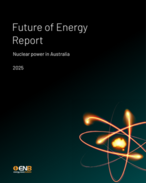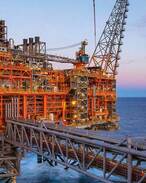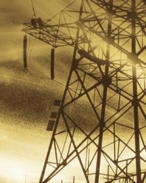The government of Western Australia has rebuffed suggestions of a cover-up, of political interference and of doctoring a report which was publicly released last week into the impact of industrial emissions on the world-renowned Murujuga rock art.
Labelling the accusations as "offensive and factually incorrect", the WA government has tried to discredit the comments made by Professor Ben Smith - an archaeologist from the University of Western Australia – during an inflammatory press conference.
Speaking just days before the deadline expires for the federal environment minister decision on Woodside's application to extend the life of its North West Shelf project, in an inflammatory press conference, Smith accused the WA premier's office of burying the findings of the Murujuga Rock Art Monitoring Program report in a newly written executive summary.

"What we have here in the executive summary is an entire fabrication that tries to deflect attention from a very serious finding by this report that industry has in the past damaged the rock art, industry now is damaging it faster than it has ever done before, and that we need to immediately reduce the levels of emissions of Murujuga if we're to save the rock art," said Smith.
YOU MIGHT ALSO LIKE
Smith said he drew a distinction between the report, which was compiled by scientists at Curtin University, and the executive summary released last week.
"The report itself is 800 pages and contains brilliant scientific work. The MRAMP team contains some of the best academic scholars in the world looking into the effects of industrial pollution on Murajuga," he said.
"The executive summary is clearly written by the Western Australian Government. It contradicts directly the findings inside the report."
"This executive summary tries to suggest there is nothing to see. This government has sat on this big report…for a year and released it one week before Murray Watt is supposed to make his decision, and supposedly there's nothing to see.
"Why do you hold a report for a year? Of course, there's good reasons why they held this report for a year, and that's because this report contains very serious evidence that industrial emissions are currently damaging the rock art of Murujuga,' said Smith.
A spokesperson for Cook's office said "Neither the Premier nor his office made any edits whatsoever to the Murujuga Rock Art Monitoring Program's second-year report."
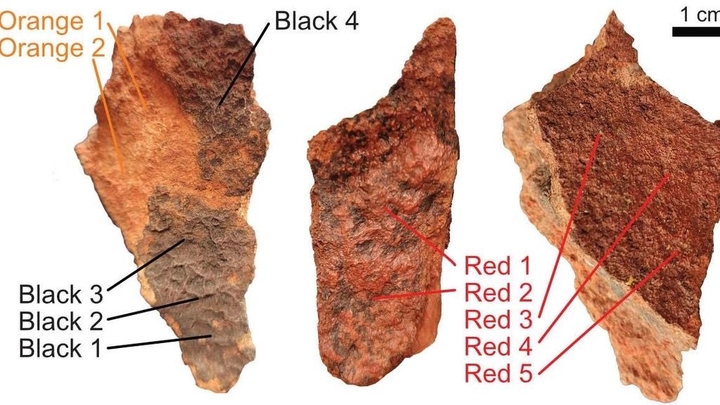
Crucially, Smith said if the scientists behind the report had written the executive summary themselves, they would have highlighted that experiments conducted under laboratory conditions in which five rock samples were subjected to the same chemical emissions as are emitted from Woodside's facilities on the Burrup Peninsula, all showed damage even at low dose rates.
The other finding which Smith says is crucial is to do with the appearance of the rocks under a microscope.
The Murujuga rock art are etched on a type of stone called granophyre, what Smith described as having a "a hard, even surface."
He said that rocks found throughout the region exhibit that quality and that it is only those rocks near to the Woodside which appear "like a Swiss cheese…full of holes."
The presence of this "elevated porosity" had been previously noted by the WA premier Roger Cook, but had blamed it on emissions from the now demolished Dampier Power Station which was operational in the 1970s and 1980s, which emitted only 4000 tonnes of NO2 and SO2 per year, compared to the current emissions of 00,000 tonnes per year.
"If he's right, this is even more alarming. He's let the genie out of the bottle. That means that current emissions are five times more serious we have - ongoing - five times the level of destruction of Murujuga rock art than we had in the 1970s and 80s, according to the Murujuga rock art report and according to Roger Cook's own testimony," said Smith.
However, Smith said the report actually debunked the premier's opinion the rocks had been affected by the old power station, referring to what he called the "smoking gun."
In 1994, when Woodside's facilities were being built in the area an archaeologist named Robert Bednarik took a sample of the rock from where today the elevated porosity had been noted.
Since then, that rock has been in a laboratory, away from the potentially damaging emissions.
"And that piece of rock we have looked at under the same microscopes that Curtin have looked at their samples, and we can see that in the area where we're seeing elevated porosity today, there was not elevated porosity in 1994," said Smith.
"We have direct proof that this problem of elevated porosity…has happened since 1994. It's happened with the current pollution levels and by the current industry that we have operating at Murujuga."
Pragmatically, Smith has called upon the environment minister Murray Watt to delay his ruling in order to make an informed decision which allows Woodside to continue but does not harm the rock art.
"This is an incredibly important decision, a career defining decision for Murray Watt. If he makes the right decision, he could have a happy society and a happy Woodside.
"There is a compromise to be made here, but simply giving in, simply fulfilling Dutton election promise, which was to blanket approve this extension within a few weeks of the election would be the worst possible decision," he said.
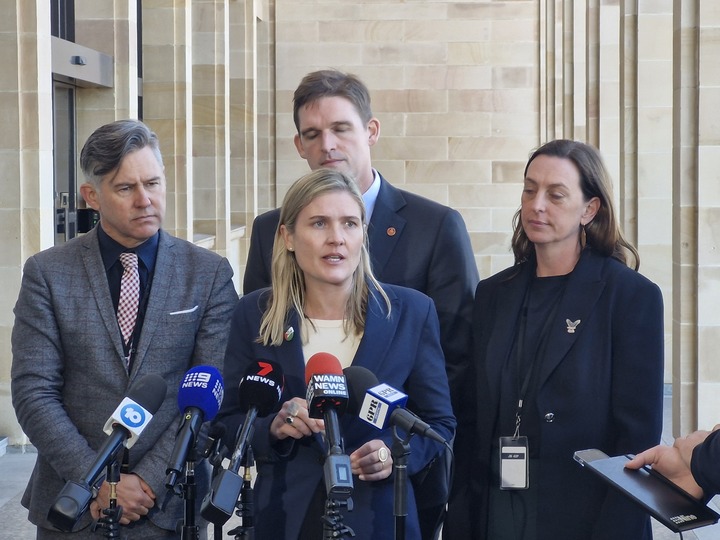
Less pragmatic was the response from the WA Greens who called on Watt to immediately scrap the application.
Newly installed Greens WA Senator Sophie McNeill said: "In the wake of these shocking revelations of political interference by the government - and we suspect the Premier's office - we are calling on Minister Murray Watt to delay his decision on the North West shelf extension.
"There is no way that that decision can go ahead in the wake of these shocking revelations of this political interference in the science in this report.
"There is a clear discrepancy between the findings of the 800 page report and of the summary, which we know was written by department officials.
"There is clear political interference here, and we are demanding that Minister Watt delay his decision on the North West shelf extension until those questions are answered," said McNeill.
ENB was told Minister Watt was not making a response to Smith's comments and that he was still committed to making the decision by the end of the month.







